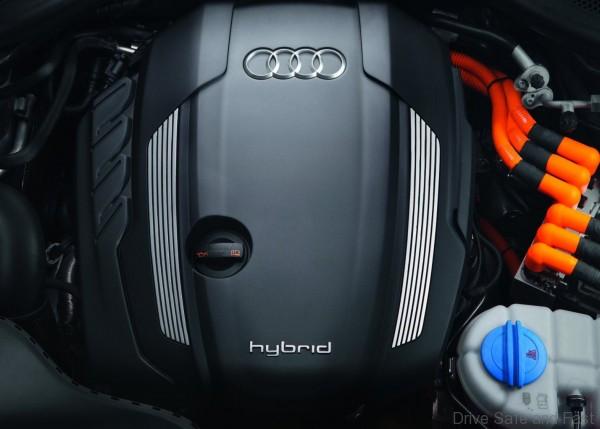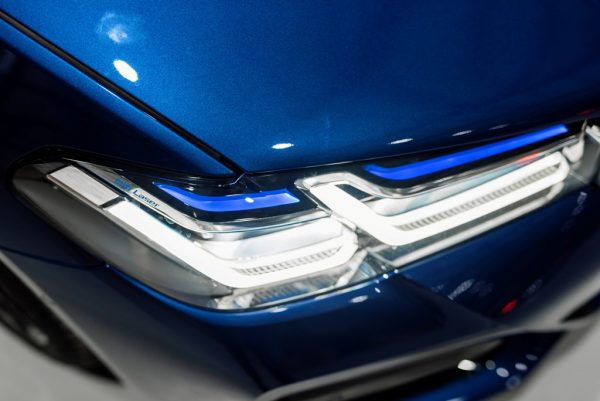How many Malaysians have been made bankrupt by the hidden costs associated with their cars?
In the first 8 months of 2019 itself, over 300,000 Malaysians were declared bankrupt. This was before the pandemic even hit, so we can expect that number to be much worse as moratoriums start to expire. Let’s face it, one of the largest financial commitments Malaysians make are car loans.
In most cases, cars are the most expensive things one can own (unless we’re comparing a Birkin bag to a Perodua Axia). However, they’re almost essential to urban life in Malaysia, and the local enthusiast scene is alive and thriving. So, today we’re exploring the topic of bankruptcy stemming from car ownership.

Bankruptcy in Malaysia happens when one collectively owes creditors RM30,000 or more. This is an amount that can easily accrue with a car loan. As most of you are aware, interest for hire purchase loans are calculated per annum. Once declared bankrupt, the banks have 6 months to recover your car from you. If you’ve already paid off 70% of your car loan, it’s a little more difficult for them to repossess the car, but they still can. Further reading here.
So, why do so many Malaysians go bankrupt due to their cars?
Sometimes, the obvious answer is not always true. Yes, many times business is bad, people are laid off and unable to make payments. Sometimes, people don’t account for certain “unspoken costs” of car ownership. They think they can afford to pay RM600 a month, but don’t account for the fact that the car also requires tyres that cost RM400 per piece, fuel costs of RM500 a month and general wear and tear items that silently rack up bills in the background. This is something a lot of car owners won’t realise until they collect all their receipts together in a bundle and add everything together. It may not be enough to push one towards bankruptcy, but it’s certainly one factor that throws financial plans off.

The more serious concern is when the cars themselves have unusually high running costs. Say you anticipate being able to afford a used 6-year old BMW because it costs the same as a brand new Toyota Vios. One day you’re driving along and you get into a minor fender bender that breaks a headlamp. Just to replace one of those BMW LED/Laser headlamps is going to cost you thousands of Ringgit. Now you have to choose between making this month’s car installment and repairing an essential piece of safety equipment in your vehicle.

Other times, a car can have part pricing issues. Take the Audi A6 hybid or the Mercedes-Benz E300 Bluetec Hybrid, for instance. The Mercedes was brought into Malaysia and sold like hot cakes in 2015 because it was priced like an mid-level E-Class, but had the equipment and performance figures of a full-spec E-Class.

However, as time went by, a few owners started to experience problems with the huge battery that was required for the hybrid system to work. The car itself was inexpensive because of existing preferential tax rates for hybrids. However, the individual parts were not given the same exemptions. The initial price quoted for a replacement battery was RM120,000! Mercedes-Benz Malaysia eventually responded and brought prices down to RM50,000, offering an extended battery warranty programme for RM2688 a month. For the Audi A6, the battery replacement price is RM108,000.

All of these 5 figure prices are enough to purchase entirely new cars. Granted, some of these owners will be able to afford a replacement, but they are probably not silly enough to let that kind of money go just to keep themselves mobile. More likely, they’ll find some quick fix and/or let the car go for cheap on the used market. Not every owner will be able to do this, of course.

Which leads us to the lower income demographic. We all know car warranty packages are generally getting longer and better. When I joined the industry 6 years ago, a 3-year warranty was the industry standard. Since then, it has gone up to 5-years and even longer from some brands. However, the promise of a warranty doesn’t guarantee mobility. Some cars are just so poorly put together and difficult to fix up that owners have to leave them at the service centre for YEARS. All the while, they’re still paying the full monthly instalments on time AND having to fork out cash to sort out some alternative transportation method. This warranty claim limbo can cost owners tens of thousands of Ringgit and throw their finances out of balance. In this case, a Volkswagen Polo had to rent a car for 3 years while the dealership sorted the warranty claims.

So, what’s the solution? How do you avoid being bankrupted by your vehicle? We wish there was a solid, fool-proof way. But there are just general tips we can offer:
- Avoid exotics if you’re buying a first car. You may be tempted to skip the locally-made Peroduas and Toyotas for something a little more left field. This might not be the best idea. When a vehicle is popular, you can be sure halfcuts will be aplenty and spare parts will not be a major headache. More mechanics will have solutions to common problems, so you’ll be able to shop around for a solution that saves money or time or both.
- Find out what the general consensus is for a vehicle you’re eyeing. Don’t just go by the brand’s reputation, get model-specific advice from owners and experienced mechanics before making a decision.
- Don’t get taken in by warranties and guarantees that the salesperson makes there. Should things go wrong for you, that salesperson may not be able to honour his promises even if he’s well-intentioned.
- Take into account resale value when deciding on a car. It’s a decent indication of how well a car ages overtime when the resale value of the last model is still high.
- Stick to a budget and take into account interest, insurance costs, maintenance and fuel costs before making a decision.
- Be wary of impressive equipment. Fancy LED and Laser headlights, large rims with large tyres, head units that can’t be user upgraded, these are all signs that sometime in the future, you’ll have to spend a bit more than you might think on replacement parts.